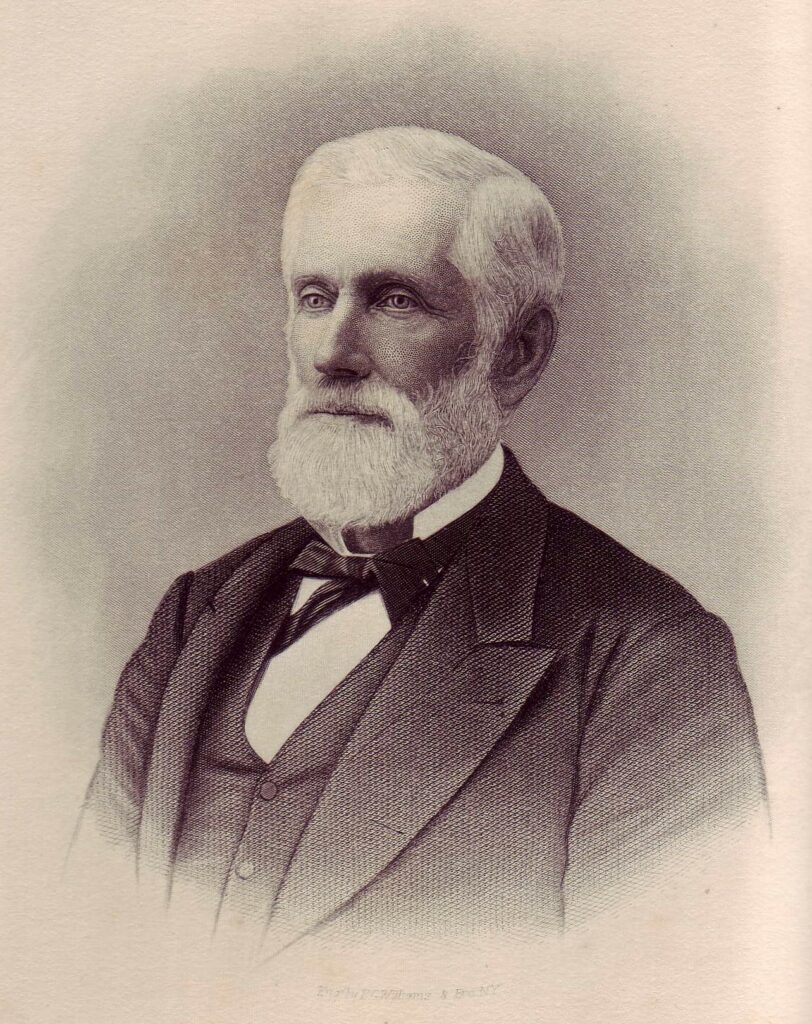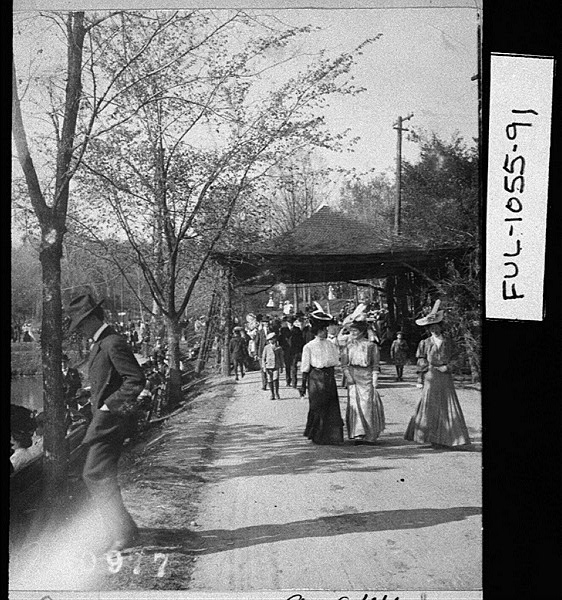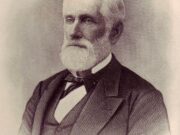Lemuel Grant was a railroad engineer who designed the fortifications for Atlanta during the Civil War (1861-65). After the war he became a successful businessman and donated much of the land for the city’s first park, which is named in his honor.

Grant was born in 1817 in Frankfort, Maine. He first came to the Atlanta area to survey for railroad lines in 1849 with a line known as the Atlanta and LaGrange. He incorporated several railroads, including the Georgia Western Rail Road Company in 1854 and the Georgia Air Line Railroad in 1856. He became president of the Georgia Railway in 1848 and president of the Southern Pacific Railroad in 1858; he served as superintendent of the Montgomery and West Point Railway and of the Atlanta and West Point.
In 1850 Grant donated ten acres to be used by the Southern Central Agricultural Society for a fair, and the city council appropriated $1,000 for a building to house the fair’s exhibits. For the next four years, Atlanta and Macon alternated hosting the fairs. In 1855 Atlanta moved to be the permanent host, competing with Macon, Savannah, and Athens. The city council appropriated $3,000 to buy another fifteen acres of land for the society, which was guaranteed the use of the property as long as its fairs took place in the city. The society accepted this offer in 1857 and made Atlanta its headquarters until the beginning of the Civil War. In 1882, at the urging of Atlanta businessman Sidney Root, Grant donated another 100 acres for the purpose of creating Atlanta’s first park, today known as Grant Park.

During the Civil War Grant was chief engineer of the Confederate Department of Georgia and was responsible for fortifying the city of Atlanta. He proposed having accurate surveys made and mapping a portion of the land west of Atlanta and the various crossings of the Chattahoochee River. In August 1863 he reported that defensive works were being built at the Chattahoochee River ferries. Grant issued orders to hire enslaved laborers from their owners at $25 per month, or $1 per working day, and rations for working on the Atlanta fortifications. The finished line, slightly more than ten miles in total length, extended an average of one and a quarter miles from the center of the city.
In 1865 Grant designed and built the Market (Broad) Street Bridge. This wooden construction with suspension rods had the unique feature of being seventy feet wide instead of the usual thirty feet and was constructed at a cost of $8,600.
Grant served the city of Atlanta in many official roles in the years following the Civil War. He helped name the city’s streets in 1867, and he was one of the forty-nine citizens selected to review a new city charter in 1873. In 1872 he served on the city council for the third ward, and he served as a Fulton County commissioner in 1886. He was elected water commissioner in 1879 and was a member of the city board of education. Grant was also one of the citizens who petitioned for a charter in 1884 for West View Cemetery, where he was buried in 1893.







